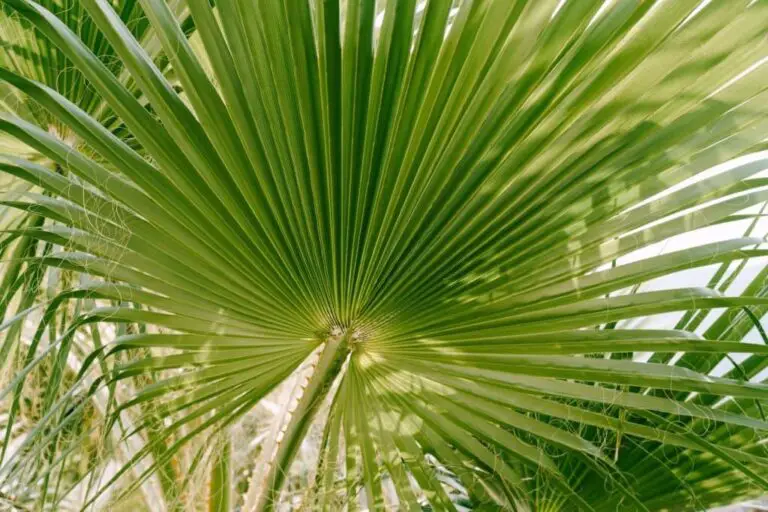Alliums Deer Resistant Garden Flowers: Drought Tolerant Ornamental Onion Plants Deter Small Rodents
Ornamental onion plants, a type of Allium, are a unique addition to any garden. Not only do they add visual interest with their showy flowers and foliage, but they also possess natural deer- and rodent-repellent properties. Drought tolerance makes them an ideal choice for water-conscious gardeners.
Allium species include popular varieties like chive, garlic, and onion plants, which can be used as ornamental flowers or herb plants.
By incorporating these plants into your garden design, you can effectively deter deer and rodents from feeding on more favored plants. One effective way to achieve this is by planting Allium at the edges of a bed or mixed with other bulbs like tulips.
Some popular Allium species and cultivars include Allium aflatunense, Allium ‘Atropurpureum’, Allium ‘Gladiator’, Allium ‘Globemaster’, Allium karataviense ‘Ivory Queen’, Allium ‘Summer Beauty’, Allium ‘Mongolian Gem’, Allium schubertii, and Allium caeruleum, also known as Azure allium. With their versatility and natural defenses against pests, ornamental onion plants are a valuable addition to any garden.
Drought Tolerant Xeriscape Plant
While Allium is known for its ability to thrive in dry conditions, making it an ideal choice for drought-prone areas like flower gardens in USDA zones 3-9. However, it’s essential to note that these plants are sensitive to root rot when planted in clay soil without proper amendments. In contrast, the water-conserving features of a xeriscape garden provide an optimal environment for Alliums to flourish.
Allium Species and Cultivars
#1. Allium aflatunense
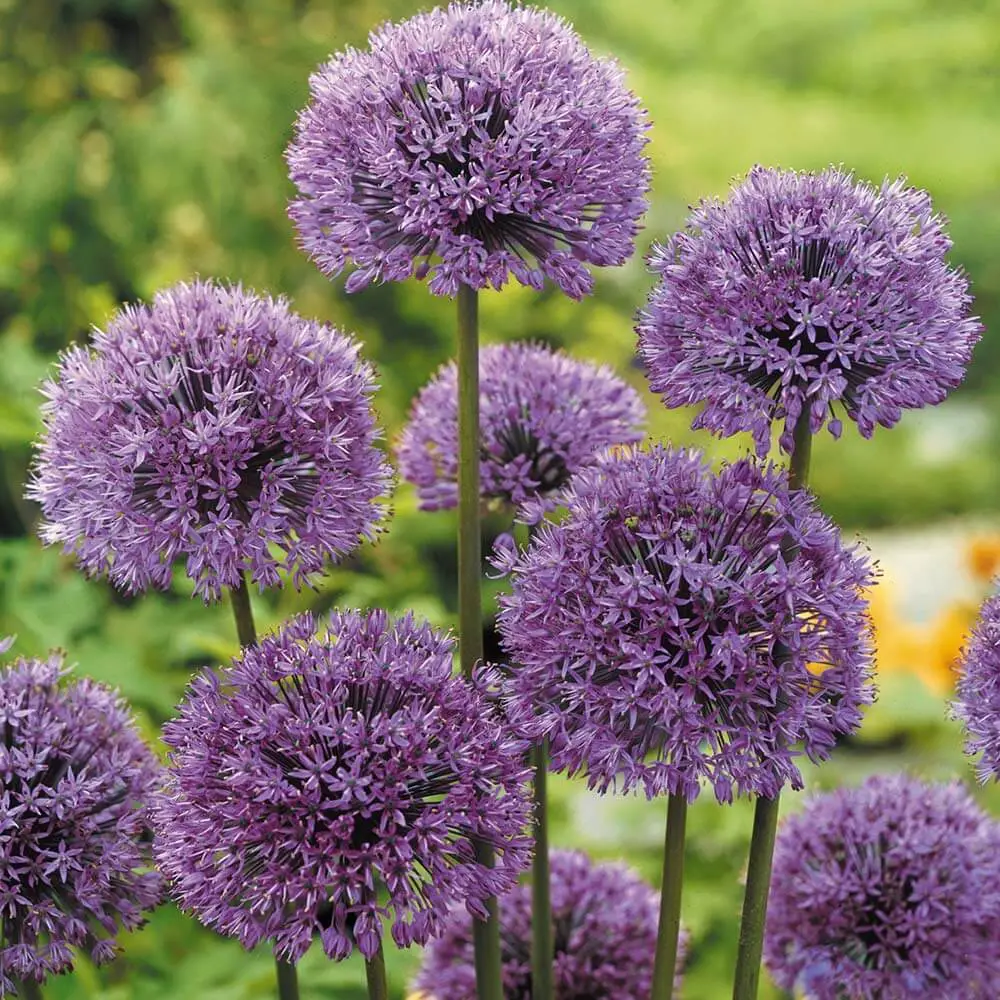
The allium, specifically the A. aflatunense, boasts an impressive hardiness rating of zones 4-7, making it a suitable choice for gardeners in these regions. This perennial plant stands tall at approximately three feet, and its most striking feature is its late spring blooming flowers, which boast a rich, deeper-than-usual purple hue. If you’re interested in cultivating this beauty, be on the lookout for the ‘Purple Sensation’ cultivar.
#2. Allium ’Atropurpureum’
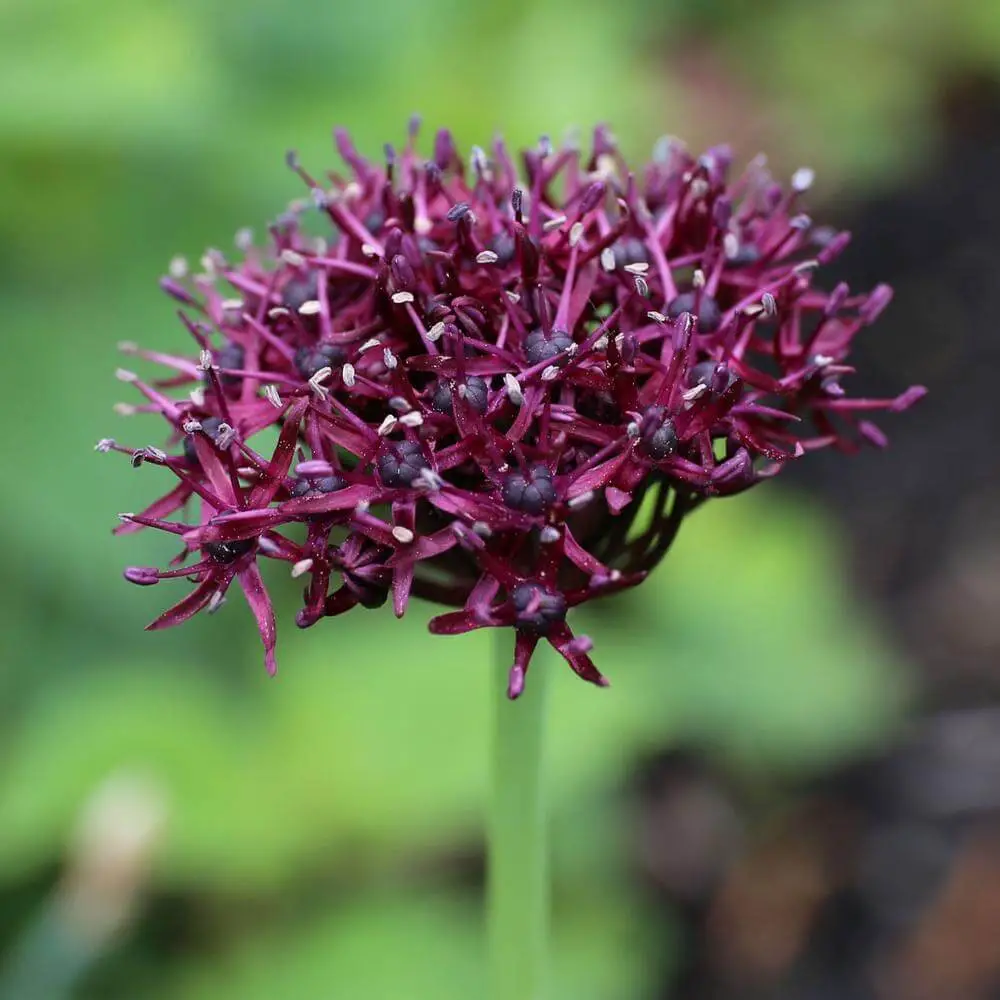
The ‘Atropurpureum’ allium variety thrives in USDA zones 4 through 9, where it produces stunning blooms on stems reaching up to 3 feet in height and spreading about 10 inches. As the flowers unfurl, they initially display a rich reddish wine hue before gradually deepening into a dramatic purplish black as they mature.
#3. Allium ‘Gladiator’
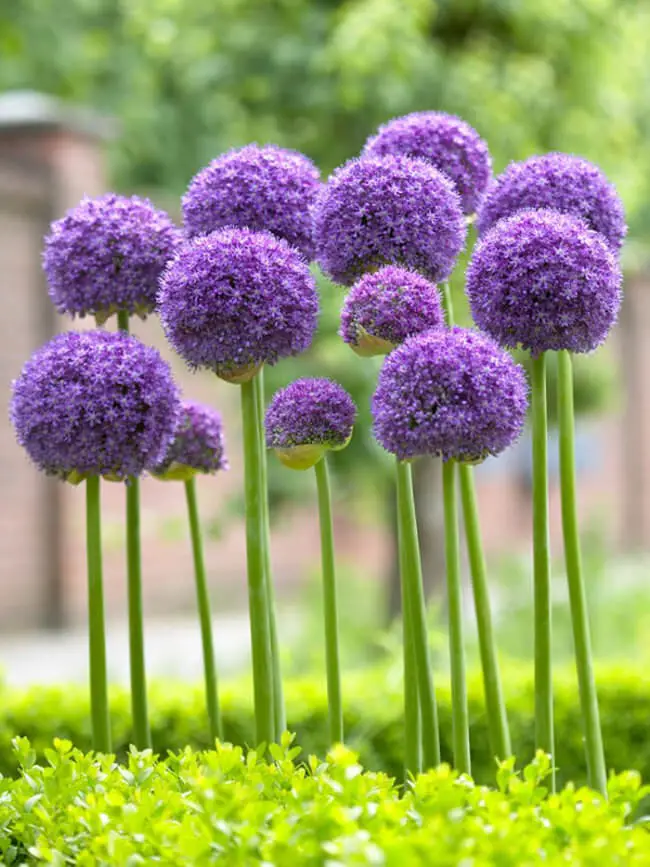
The Allium, also known as Gladiator, is a hardy perennial that thrives in USDA zones 4-9. It can grow quite tall, reaching heights of 40-50 inches. One of its most notable features is the stunning display of purple-blue flowers, which appear in late spring to early summer and measure about 6 inches in diameter.
#4. Allium ’Globemaster’
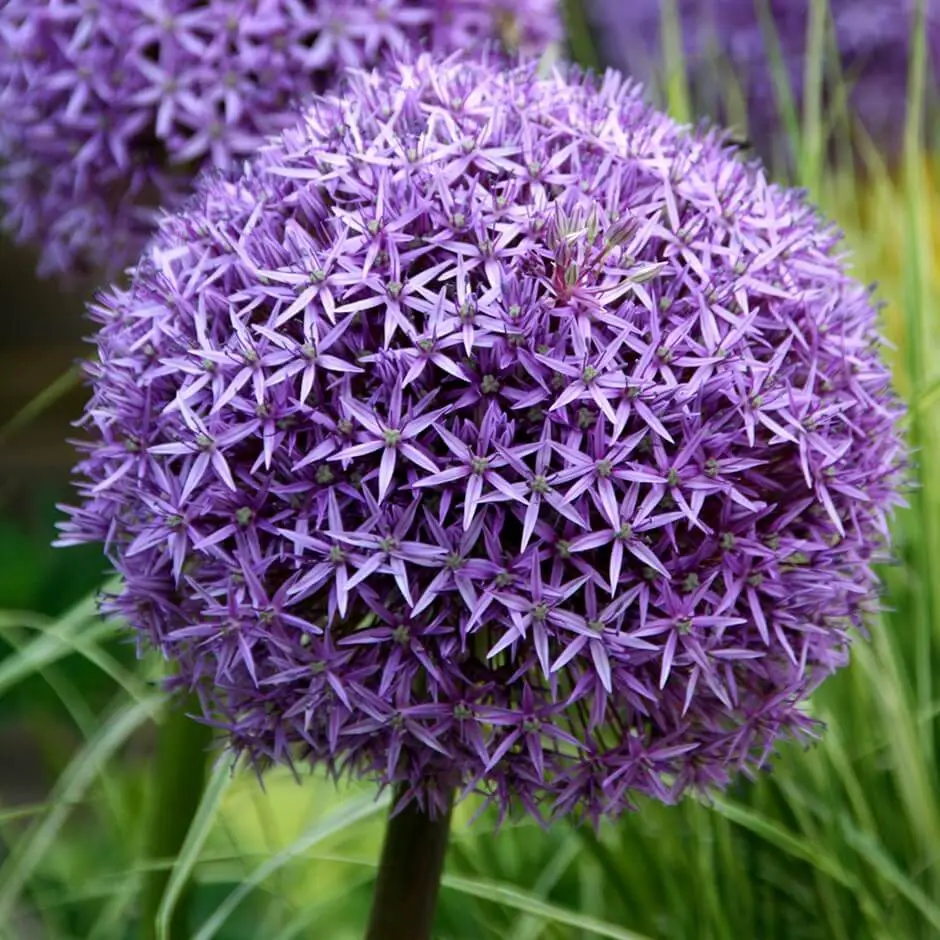
‘Globemaster’, a variety of Allium, stands out with its compact growth habit, reaching only 35-40 inches in height. Its early summer blooms are not only visually striking but also fragrant, filling the air with its sweet aroma. This hardy perennial thrives in USDA zones 4-8, making it an excellent choice for gardeners looking to add a pop of color and scent to their outdoor spaces.
#5. Allium karataviense ‘Ivory Queen’
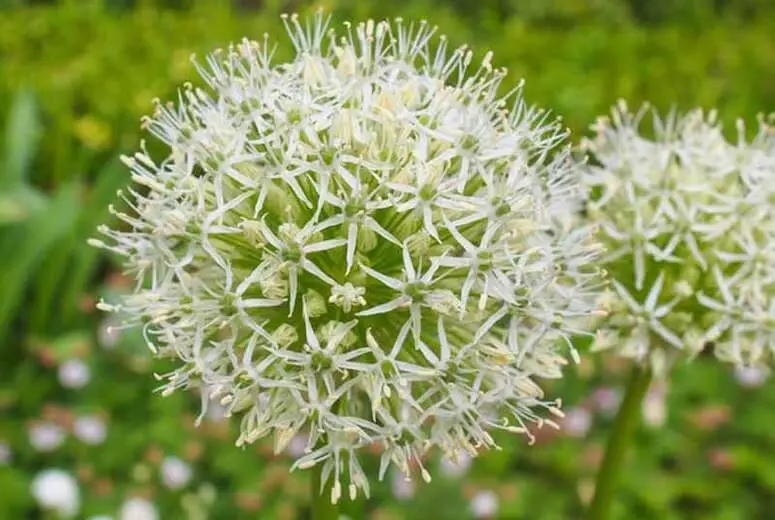
Allium karataviense, known as ‘Ivory Queen’, is a hardy perennial that thrives in zones 4 through 8. Characterized by its short stature, this plant boasts broadly ovate leaves with a striking blue-gray hue, measuring approximately 3-4 inches wide and 6-10 inches long. The foliage may be the main attraction, but it’s not the only showstopper – the fragrant, pale lavender flowers that bloom in late spring to early summer are truly something special.
When they unfurl, they form six-inch round clusters that add a pop of color to any garden setting.
#6. Allium ’Summer Beauty’
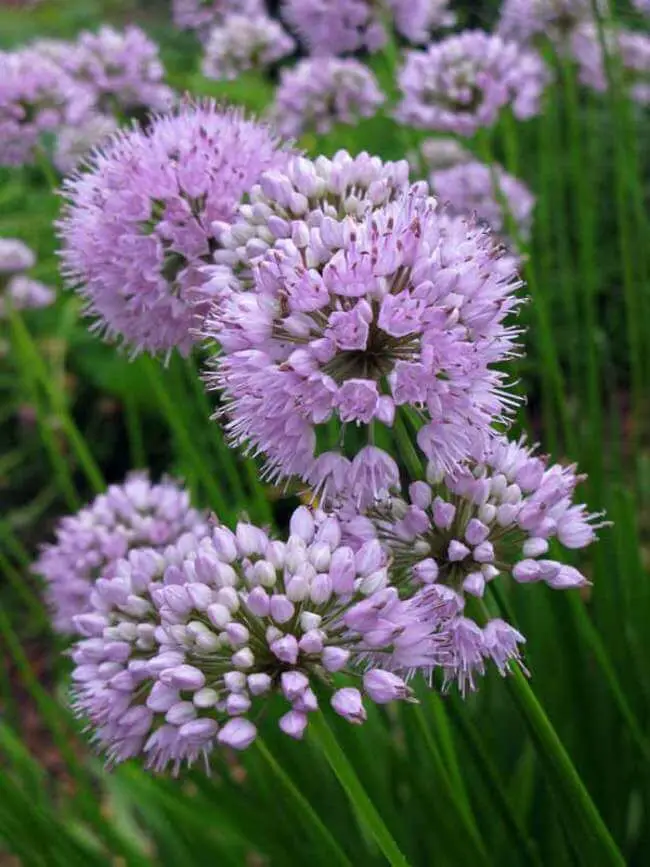
Allium, a charming addition to any garden, thrives in USDA zones 4-9. Its impressive stature reaches 18-20 inches in height and spreads 8 inches wide, making it an excellent choice for borders or containers. As the seasons change, the dark green, narrow leaves transition from vibrant to a warm yellow hue in autumn. When summer gives way to late June and July, Allium’s showy purple lavender blooms burst forth, painting the landscape with a kaleidoscope of color.
Following the flowers’ eventual wilt, the reddish-brown stems persist into winter, offering a striking, architectural interest that extends well beyond the blooming season.
#7. Allium ‘Mongolian Gem’

Allium’s ‘Mongolian Gem’ variety is notable for its ability to thrive in slightly cooler climates, being hardy in zones 3-7. This hardiness allows it to flourish even as temperatures drop. The plant’s most striking feature is its vibrant lavender pink flowers, which bloom in late summer and provide a stunning visual display. The ‘Mongolian Gem’ Allium also boasts attractive foliage, with bluish green leaves that resemble straps.
These leaves are 18 inches tall and 6-8 inches wide, providing a lush carpet of color. As the seasons change, the foliage transforms into a warm yellow bronze hue in the fall, adding to the plant’s visual appeal.
#8. Allium schubertii
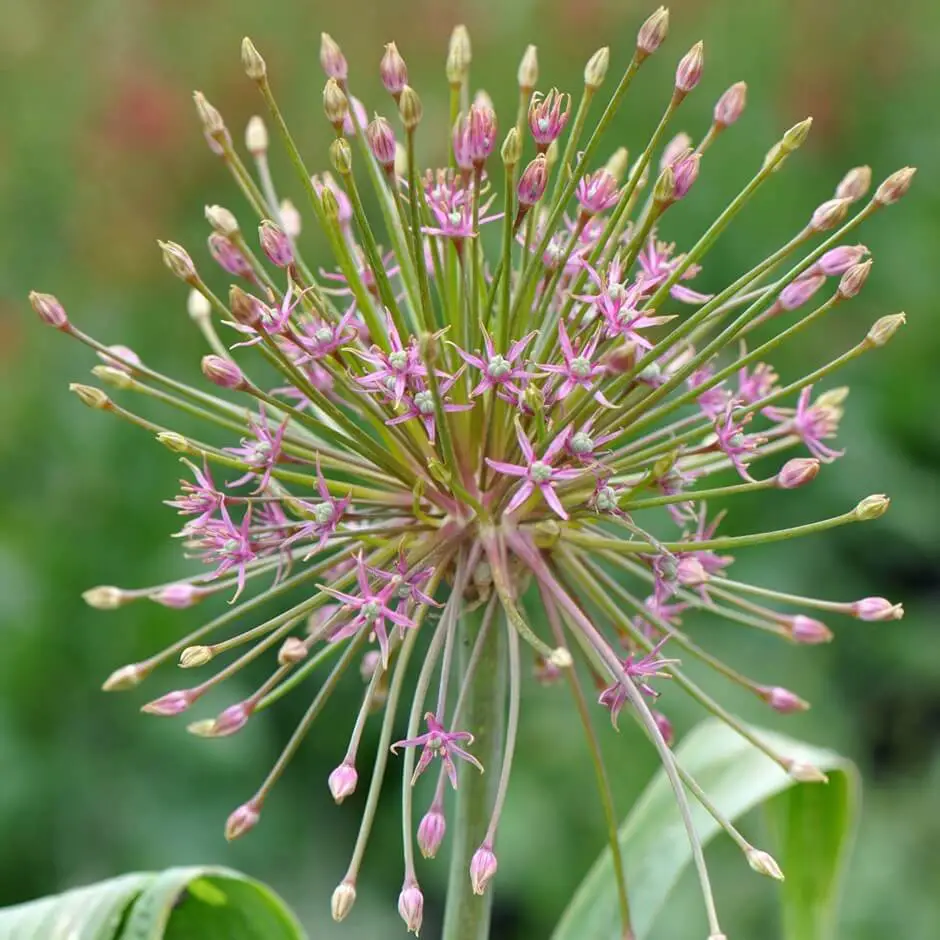
Characterized by its striking appearance, Allium schubertii boasts a unique combination of features that make it a standout addition to any garden. Measuring between 12 and 16 inches tall, this perennial plant produces delicate pink star-shaped flowers that are sure to draw the eye. Moreover, the dried flower stems provide a beautiful winter interest, making it an excellent choice for year-round visual appeal.
#9. Allium caeruleum, Azure allium
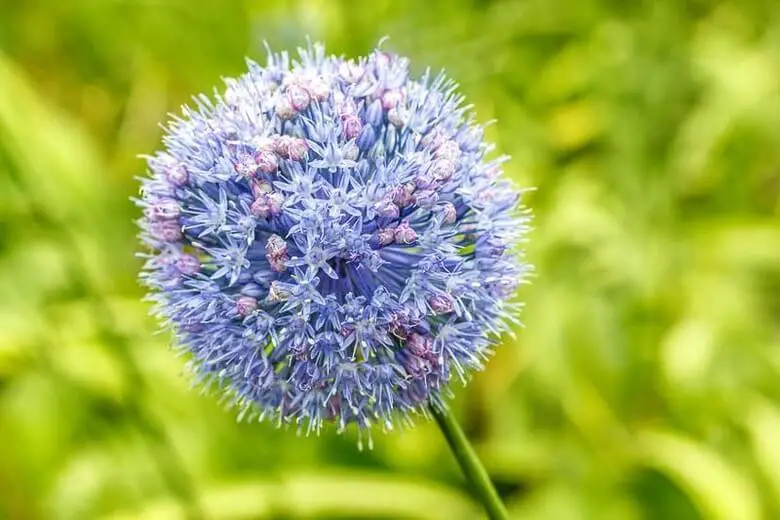
Azure allium’s unique features include its delicate, grass-like foliage and vibrant cornflower-hued blooms. This ornamental plant typically reaches a height of 18 to 24 inches and produces flowers that measure approximately 1-1/2 inches in diameter. When paired with other drought-tolerant plants, it can add a charming touch to any xeriscape landscape.
Where to Grow Ornamental Onion Plants
Ornamental onion plants thrive in full sun but can adapt to partial shade, boasting a disease- and insect-free reputation. With varying heights and bloom sizes, Alliums offer a range of options for gardeners. The tall varieties like ‘Globemaster’ and ‘Gladiator’, grown for their showy extra-large flowers, provide a perfect perch for songbirds to alight upon.
However, in colder climates, early spring frosts may damage the leaves, prompting gardeners to employ creative solutions such as using evergreen boughs as a quick cover or hiding unsightly foliage with summer-blooming plants like daylilies, iris, roses, and coreopsis. The shorter ornamental onion varieties, like ‘Ivory Queen’ with its broad leaves, are ideal for rock gardens and containers, while the A. ‘Mongolian Gem’ and A.
‘Summer Beauty’, smaller and more compact than other Alliums, recall the flowering chives that gardeners know and love. By incorporating Alliums into their flower gardens, enthusiasts can attract a variety of butterflies and birds.




